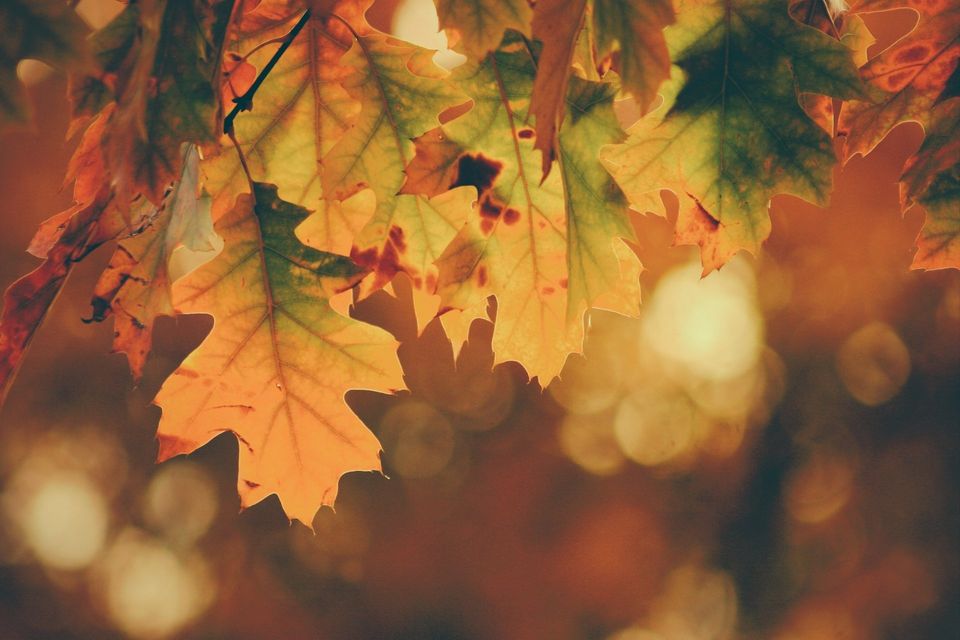Autumn Yard & Garden Clean Up Tips
Good Care this Autumn Means Better Results Next Spring
The cooler weather of autumn brings more than just frosty mornings and pumpkin spice everything. After a summer of growing, your yard and garden are ready for a thorough clean-up before the snow covers everything for the winter.
Not everything you need to do in the fall is literally about cleaning up, but there are a number of chores you shouldn't ignore.
Rake up the Leaves
This is the biggest clean up chore in the autumn for anyone with trees around their property. Contrary to popular belief, letting the leaves just stay out there isn't likely to kill the grass unless you have a very thick layer. So don't necessarily break your back with too much raking when you have other things to do.
Clean up Garden Debris
Fallen leaves are only part of the mess that autumn always brings. Gardens end up filled with dead plants that need to be dealt with, along with other messes that seem to accumulate over the summer. Pull up and dispose of all your annual plants once they have died back, and prune any perennials that you are leaving until next year. Tidy up the empty beds of any stray rocks or sticks too, so that the area is ready to work in the spring.
NEED 100% ALL NATURAL ANIMAL REPELLENT FOR YOUR YARD? GET IT HERE
If you are raking up leaves from the lawn, you can put them to good use by mulching the now-bare gardening areas. This protects the exposed soil from the harsh conditions of winter, and prevents any erosion at the same time. Add a nice thick layer of leaves to any spots in the yard that is exposed to the elements.
Don't Forget Your Tools
When the garden tools are retired to the shed until spring, you should clean them up first. Leaving a layer of crusty mud on your shovel or wads of leafy bits in pruning shears is an invitation for rust and other corrosion over the winter. Clean all your garden tools, and even give them a light rubbing with oil to add even more protection against rust.
Tend to Yard Decorations
Even outside decor that is intended to be weather resistant should be taken care of before winter. They will last a lot longer if not exposed to the ice and snow. Pack them up in the shed or basement, and redecorate in the spring.
Take Care of Sensitive Plants
Getting your plants ready isn't really about cleaning up though it is just as important. Shrubs and perennials should be pruned and trimmed back, and you might want to think about wrapping larger plants in burlap. This not only protects against ice damage, it also keeps any deer from taking a nibble once the snow has covered up most other plants. A little extra mulch around and over perennials isn't a bad idea either.
Your yard will do much better in the spring if you put in the effort now with these various clean up and maintenance chores. That means you will be able to start planting as soon as it warms up, and not have to tackle any cleaning next year.
Critter Repellent All Natural Animal Repellent Blog













